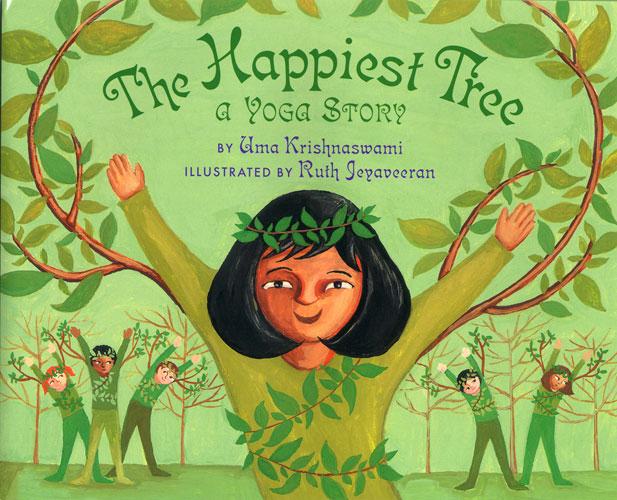
The Happiest Tree: A Yoga Story
The word “yoga” derives from a Sanskrit word “yuj,” meaning “to unite or integrate.” This book embodies Sanskrit’s yuj and can be used to integrate multiple discipline areas.

The word “yoga” derives from a Sanskrit word “yuj,” meaning “to unite or integrate.” This book embodies Sanskrit’s yuj and can be used to integrate multiple discipline areas.
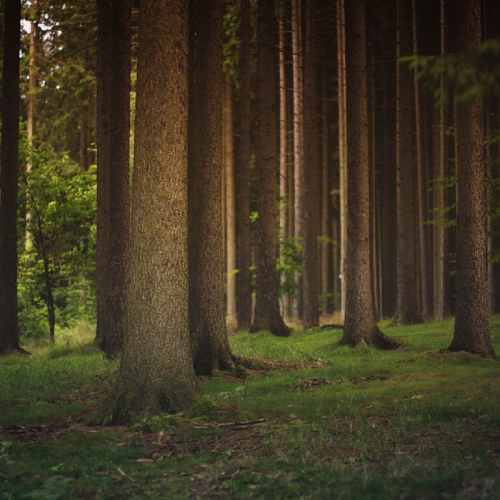
Fun facts about 10 trees from around the world to incorporate into a lesson about geography, science, language arts, and art. Students can create tree profiles to demonstrate their new knowledge.

This beautiful guide to creating a nature journal will both teach and inspire students (and teachers alike!) to chronicle what they observe in their own backyards.
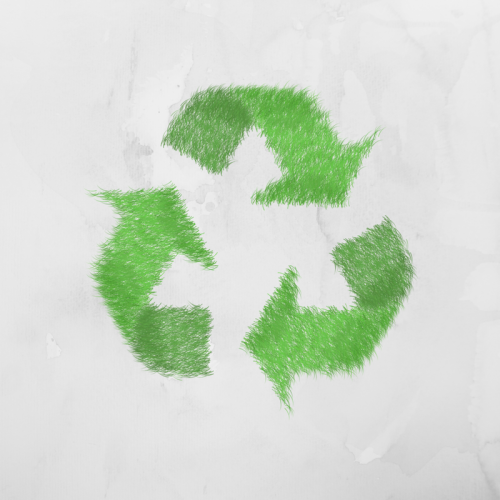
Give “reduce, reuse, recycle” a whole new meaning by incorporating this concept into many subject areas. Many of these hands-on project ideas can be adapted for any grade.

For 3rd-5th grade teachers, Energy in Ecosystems uses the forest as a lens to help students explore and understand the interactions and energy flows present in all ecosystems.

Students across the country will “learn by doing” through a variety of projects they help design and implement to conserve and improve the environment.
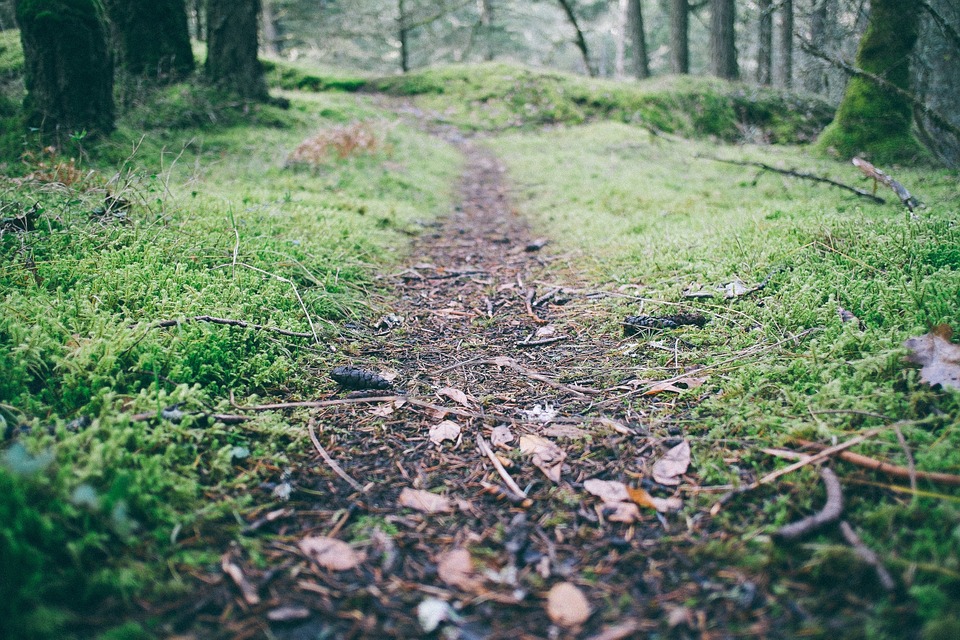
Young students don’t need to wait until they’re older to make a difference. Here are 13 inspiring stories that show what’s possible when young environmentalists take action.
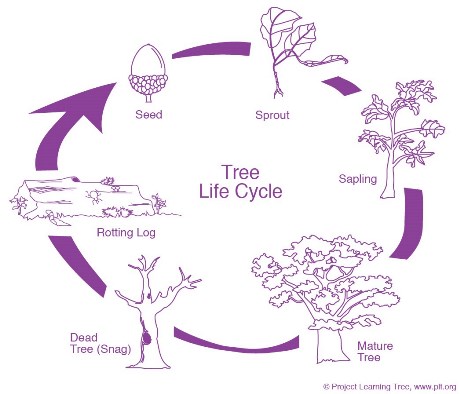
Engage students in STEM (science, technology, engineering, and math) as they learn about a tree’s lifecycle.
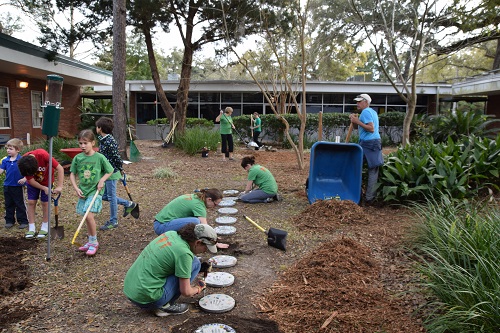
As the pandemic has disrupted countless traditional learning environments, many have begun to move classes outdoors. But as Project Learning Tree educators know all-too-well, taking lessons outdoors offers many more benefits than just germ control!
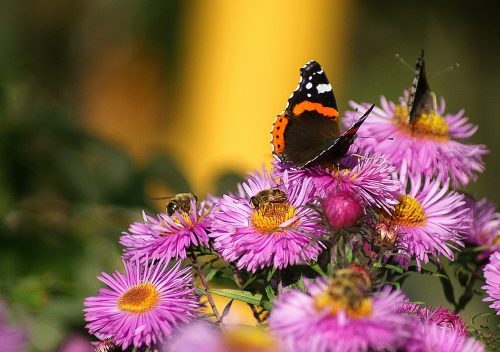
It’s critical we teach students about the role of pollinators. See how students of all ages can put their knowledge into practice and support pollinators.